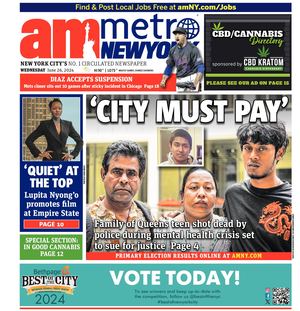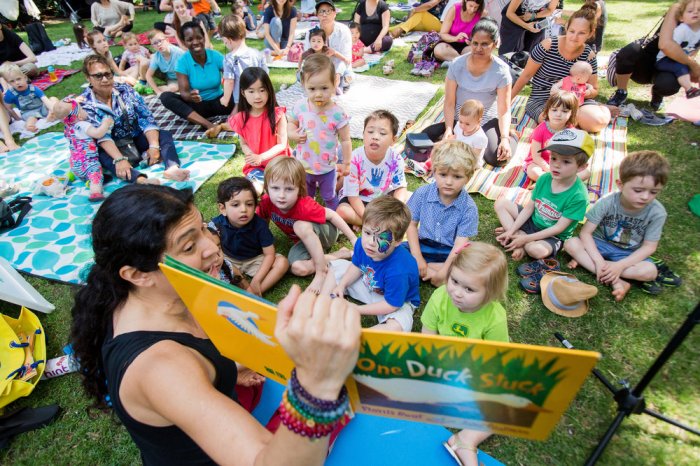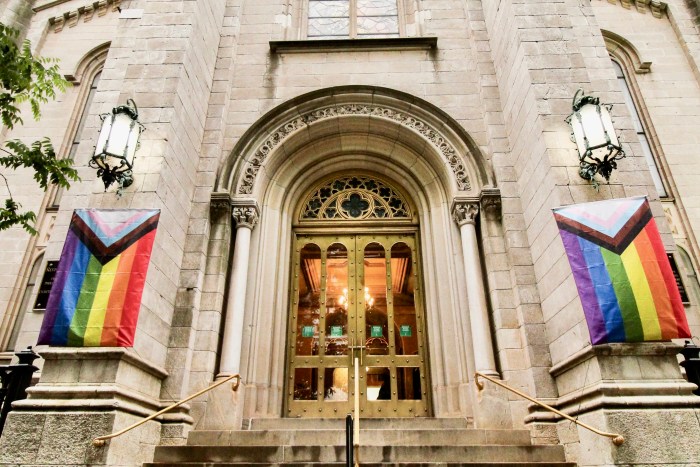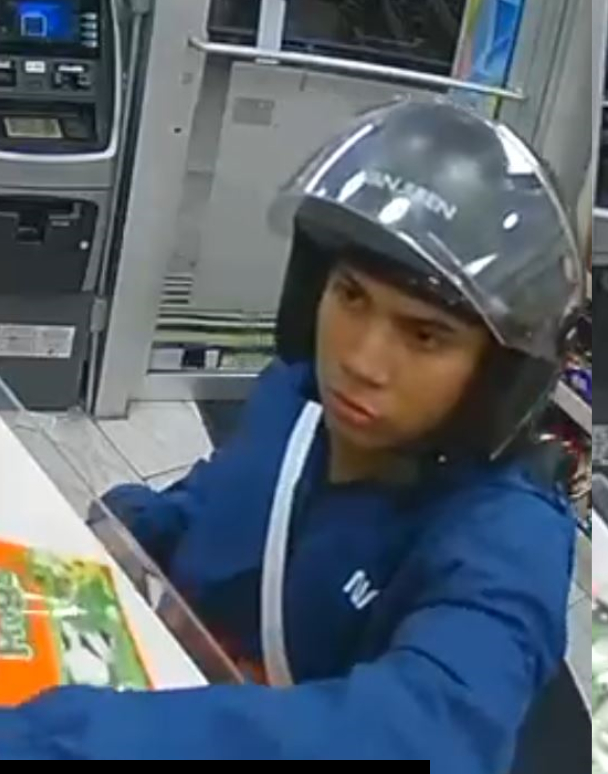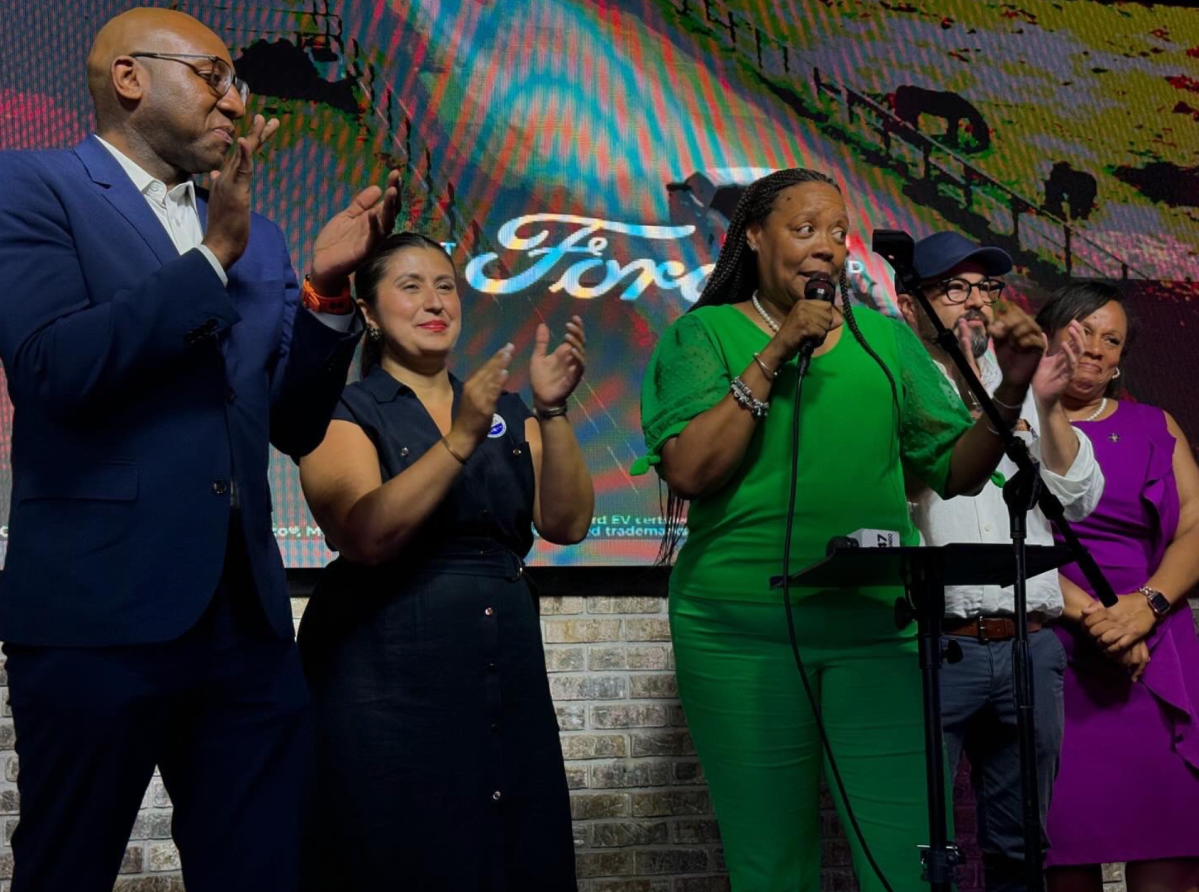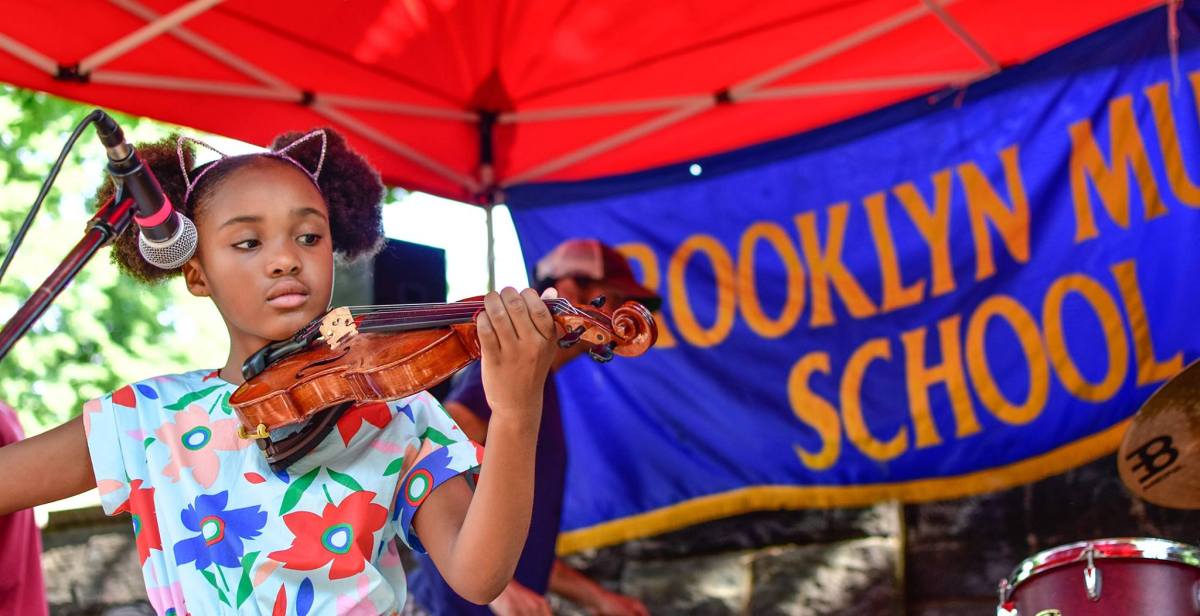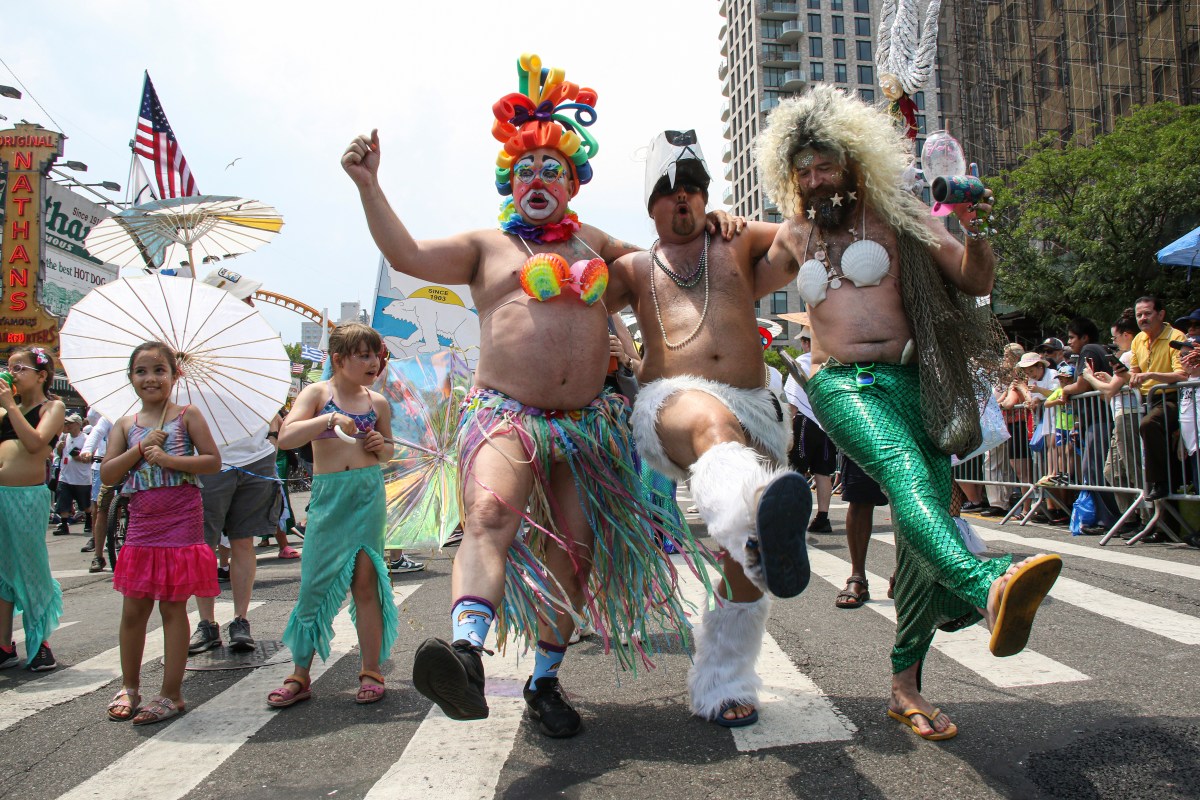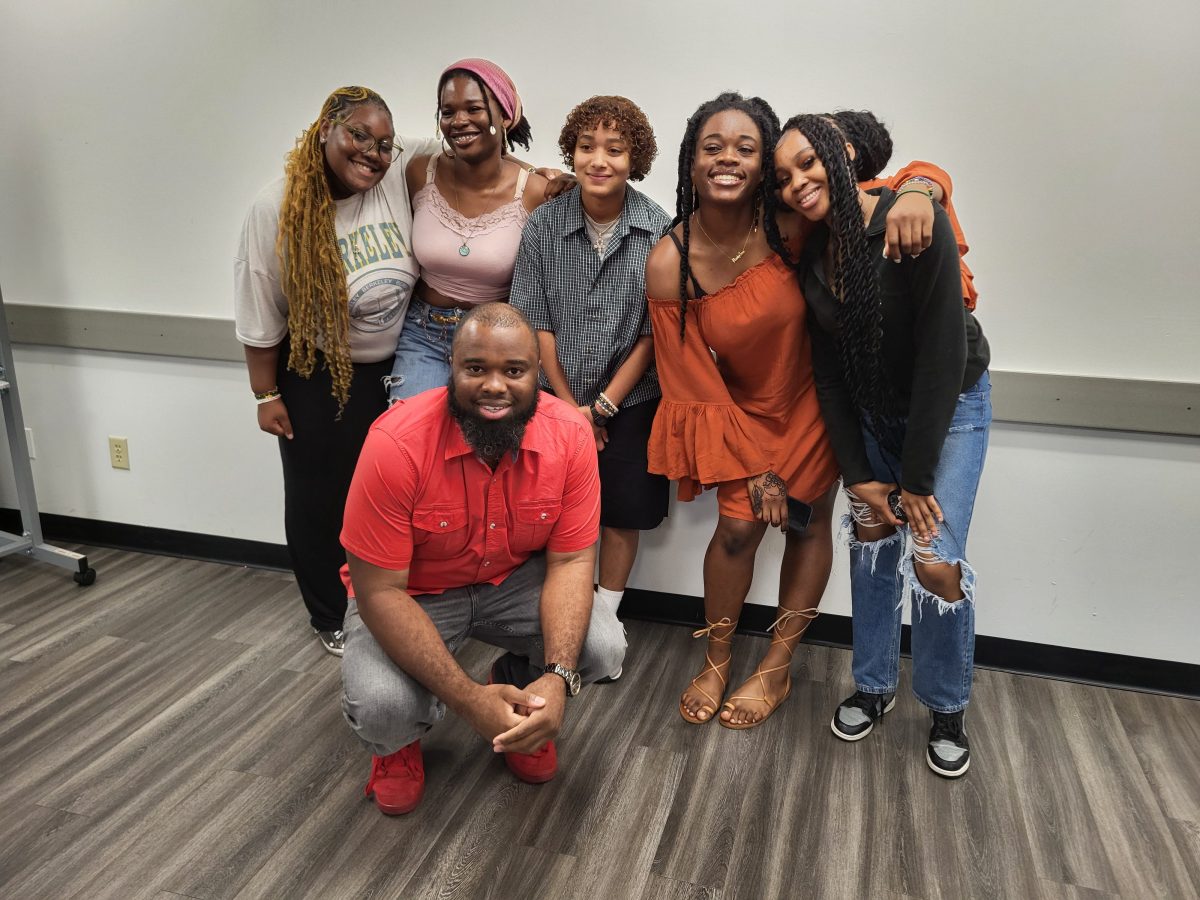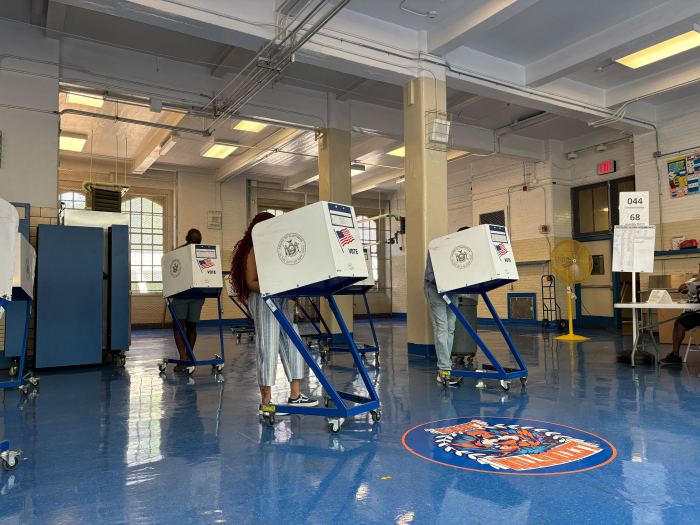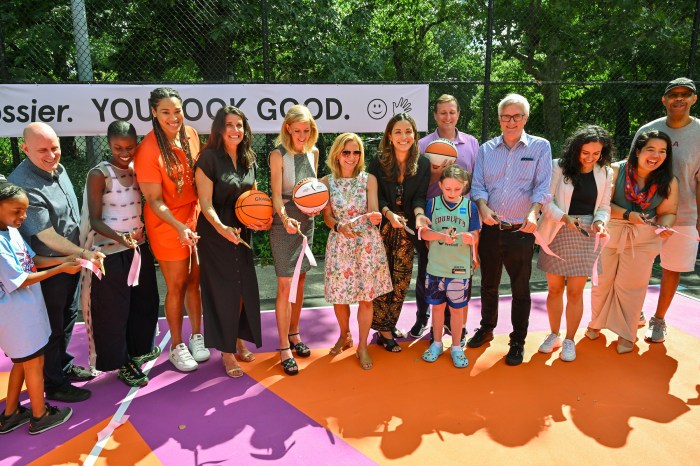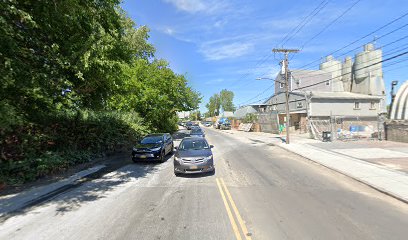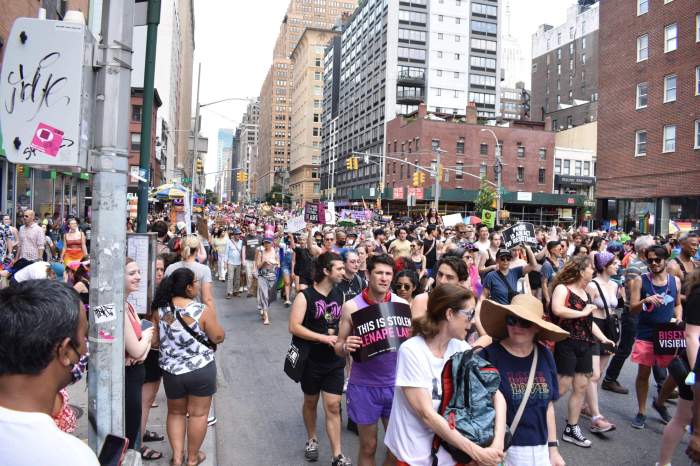By David Todd
Summer Theater Festival unwraps works by emerging playwrights
The 5th Annual Summer Play Festival
July 1-27
The Public Theater
425 Lafayette Street
All tickets are $10
(212) 967-7555
spfnyc.com, publictheater.org
In “Neighborhood 3: Requisition of Doom,” a cast of four actors play revolving roles—various boys, girls, mothers, and fathers—allowing the characters to merge into a sheltered blankness. No one seems to know each other in this suburban neighborhood; the kids stay in rooms that the adults are afraid to enter, while the adults intrude on each other’s interventions. The central concept—the blurring of a staid subdivision with its violent videogame counterpart—could be taxing, but is explored with sophistication by playwright Jennifer Haley. Mixing shades of menace and satire, Ms. Haley sets up an eventual conflict, then lets her characters go, allowing them to take action without necessarily making choices first. “Your screen name is Barbara…LOL,” says one of the boys to one of the mothers, indicating the generation gap the play explores. “Who are you?” the mother inquires. “Zombiekllr14,” the boy replies, before eventually confessing, “I’m sorry to say this, Mrs. Whitestone, but I will waste you.”
According to the Los Angeles-based Haley, “Neighborhood 3” falls into the “horror/psychological thriller genre,” set against the backdrop of the American family. “I think of [a] difficult family issue as similar to the monster in the closet, the THING you’re afraid to look at,” Haley says. “That THING is much more frightening when you don’t look at it—and the longer you don’t deal with it, the more dangerous it becomes.”
It’s not all doom-and-gloom at the 5th Annual Summer Play Festival, but it is all new, and that’s worth celebrating in itself—for playwrights or fans of new plays, at least. The SPF, which runs from July 1st through the 27th at the Public Theater, is one of the few festivals which funds new plays, requiring nothing financial from the authors themselves. “We’re presenting new work in full productions, rather than readings, which is typically how new work by emerging writers gets ‘produced’,” writes Sam Levy, Director of Programming at the festival, via e-mail. “We’re entirely playwright driven.”
This may not strike the average reader as significant, but consider that the “fringe” model, which dominates the summer festivals, relies on self-production, often by companies or directors who are not working from original plays. Instead of production proposals, the SPF starts with scripts, chosen by a panel of festival alumni and other professionals from around 1000 submissions. “The playwright receives full creative control over the whole production,” Levy continues. “We’ll help to put the team together, but we are, creatively, hands off. This is something that our Founding Executive Producer, Arielle Tepper Madover, has been championing from the very beginning.”
Conceptually, this policy puts the writers and their unique visions at the core of the festival, as opposed to something more thematic or topical, with a slight concession to the tastes of the season. According to Levy, “we don’t have a [particular] aesthetic. We obviously don’t want everything to be of the same style or genre, and we are conscious of the fact that we’re trying to bring people to the theater in the middle of the summer.”
In addition to promoting new work, the festival also seeks new patrons to Off-Off-Broadway theater, enticing them with a $10 ticket price (for all shows) as well as what Levy calls “material that is of interest to non-traditional theater-goers.” To achieve this, the festival includes “non-theater people” in its selection committee.
This year, the SPF moves to the venerable Public Theater, long known for its development of new work. Asked how this partnership arose, Levy replies:
[Public Theater Artistic Director] Oskar Eustis and Arielle had been having conversations about how they might work together and, as our fifth year approached, taking up residence at the Public seemed like the logical way to do that. The Public is such an important institution with a longstanding commitment to nurturing new voices, and Oskar has been very active in pursuing partnerships with organizations that do the same.
With eight plays, presented in paired one-week runs, the SPF may lack the grandiosity of larger summer fests. But according to Levy, “By doing fewer plays we’re able to provide the production teams with a little more attention than we have in the past.” Still, the offerings range from “over-the-top comedy” (Billy Finnegan’s “Esther Demsack”) to “rock musical” (Joe Iconis and Robert Maddock’s “The Black Suits”), with a healthy dose of naturalistic drama along the way. As Levy states: “Ultimately, we just want a festival that introduces a cross-section of emerging, talented writers to the audiences and industry of New York.”
Another one of these emerging writers is Sarah Hammond, who was recently appointed to the 2007-2008 class of resident playwrights at New Dramatists. Her play “Green Girl” blends southern gothic with magic realism, as two sets of sisters—one from 1865 and the other 2001—try to cope with their family mythos in South Carolina’s Congaree Swamp. In “Green Girl,” the past and present exist simultaneously, just as generations of related women are weighted down by one or the other. Much of the play’s melancholy comes through in a number of monologues, written in Ms. Hammond’s earthy, poetic language.
“I heard that in these woods, ghosts can come at sunset,” says young Elizabeth Slaughter, a character who prefers to go by her last name. “I thought I saw mama once, floating around in the trees. You don’t believe me. Hell, I don’t believe me. A ghost doesn’t make anything better.”
Although these moments illuminate the script, Ms. Hammond evokes the same sensibility even as she describes the piece. “The magic in this play exists within the dirty everyday details of the characters’ lives,” she writes in her notes. “Its power is in its nearness, its possibility. It must be entangled with the natural details of the world—organic, environmental; the sound of leaves falling, or the look of a vine climbing up a tree. The world must be our world, and the magic should feel as if it grew from the swamp itself.”
